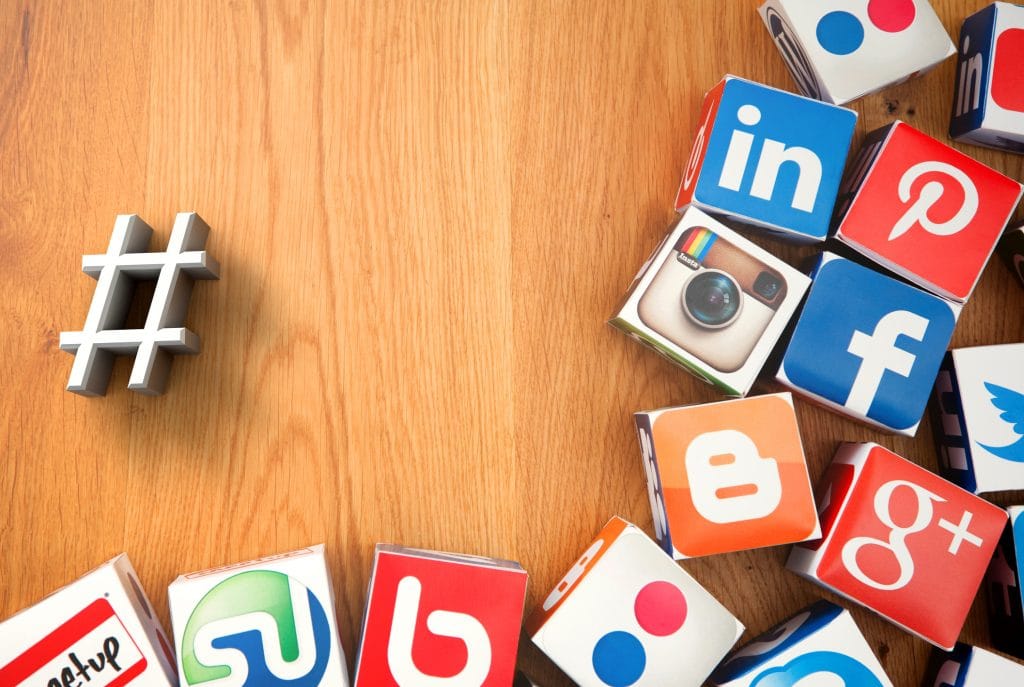hashtags
Ultimate Guide to Choosing Instagram Hashtags for High Engagement
Instagram has more than one billion monthly active users, with more than 500 million of them using the platform every day. In terms of social networks, only Facebook and YouTube have more logging in. What’s more important for businesses, however, is the fact that 60% of those users turn to Instagram to find new products….
How to Use Hashtags to Enhance Your Brand
Hashtags (#hashtags) are an important part of how people communicate online. They are also a critical part of online marketing, as they allow you to organize content and track discussions across social media based on the hashtag or keywords. The hashtag first beginning with Twitter in 2007 as a way to group tweets. it has…
OTHER ARTICLES YOU MIGHT BE INTERESTED IN

SMG Marketing Makeover 2025 - What’s Working, What’s Not, and What’s Next

Using Community Outreach as a Marketing Strategy


A Complete Guide to Google Performance Max (PMAX) for Healthcare

Tips for Spring Cleaning Your Digital Marketing Efforts

Medical Practice SEO - The Ultimate Guide for Doctor's Offices

10 Digital Marketing Ideas for Doctor's Offices




